Imagine walking through a forest where every tree around you remembers the drought from five years ago, the harsh winter that claimed its neighbor, and even the subtle chemical warnings from distant relatives under attack. This isn’t science fiction—it’s the emerging reality of what scientists are discovering about the remarkable cognitive abilities of trees. While they don’t have brains in the traditional sense, trees appear to process information, learn from experience, and even make decisions that would make us reconsider everything we thought we knew about plant intelligence.
The Shocking Discovery That Changed Everything

Scientists have uncovered evidence that trees can store information about past events and use this knowledge to influence future behavior. This revelation came from decades of research showing that trees respond differently to threats they’ve encountered before versus completely new challenges.
For instance, when researchers exposed young saplings to simulated drought conditions, those trees later showed enhanced water conservation behaviors even when water was abundant. The trees had essentially “remembered” the stressful experience and adjusted their physiology accordingly.
How Trees Process Information Without a Brain

Trees lack centralized nervous systems, yet they process vast amounts of environmental data through sophisticated networks of chemical signals. Their root systems act like biological computers, constantly analyzing soil conditions, nutrient availability, and threats from pathogens or herbivores.
The key lies in their ability to produce and respond to hundreds of different chemical compounds. These molecules carry information throughout the tree’s body, much like neurotransmitters in animal brains. When a tree encounters stress, it creates specific chemical signatures that can persist for months or even years.
The Underground Internet of the Forest

Perhaps the most mind-blowing discovery is how trees communicate through vast underground networks of fungal threads called mycorrhizal networks. These fungal partners connect tree roots across entire forests, creating what scientists call the “wood wide web.”
Through these networks, trees can share resources, send warning signals about insect attacks, and even support struggling neighbors. Mother trees have been observed sending more nutrients to their offspring through these connections, suggesting a form of parental care that persists long after the initial seed dispersal.
Chemical Memory Banks in Tree Cells

Trees store information through epigenetic modifications—changes in gene expression that don’t alter the DNA sequence itself but can be inherited by future generations. These molecular switches can be turned on or off based on environmental experiences, creating a form of cellular memory.
When trees experience stress, they can pass information about that stress to their offspring through these epigenetic markers. This means young trees can inherit their parents’ “memories” of environmental challenges, giving them a survival advantage even before they encounter those threats themselves.
The Science Behind Tree Learning
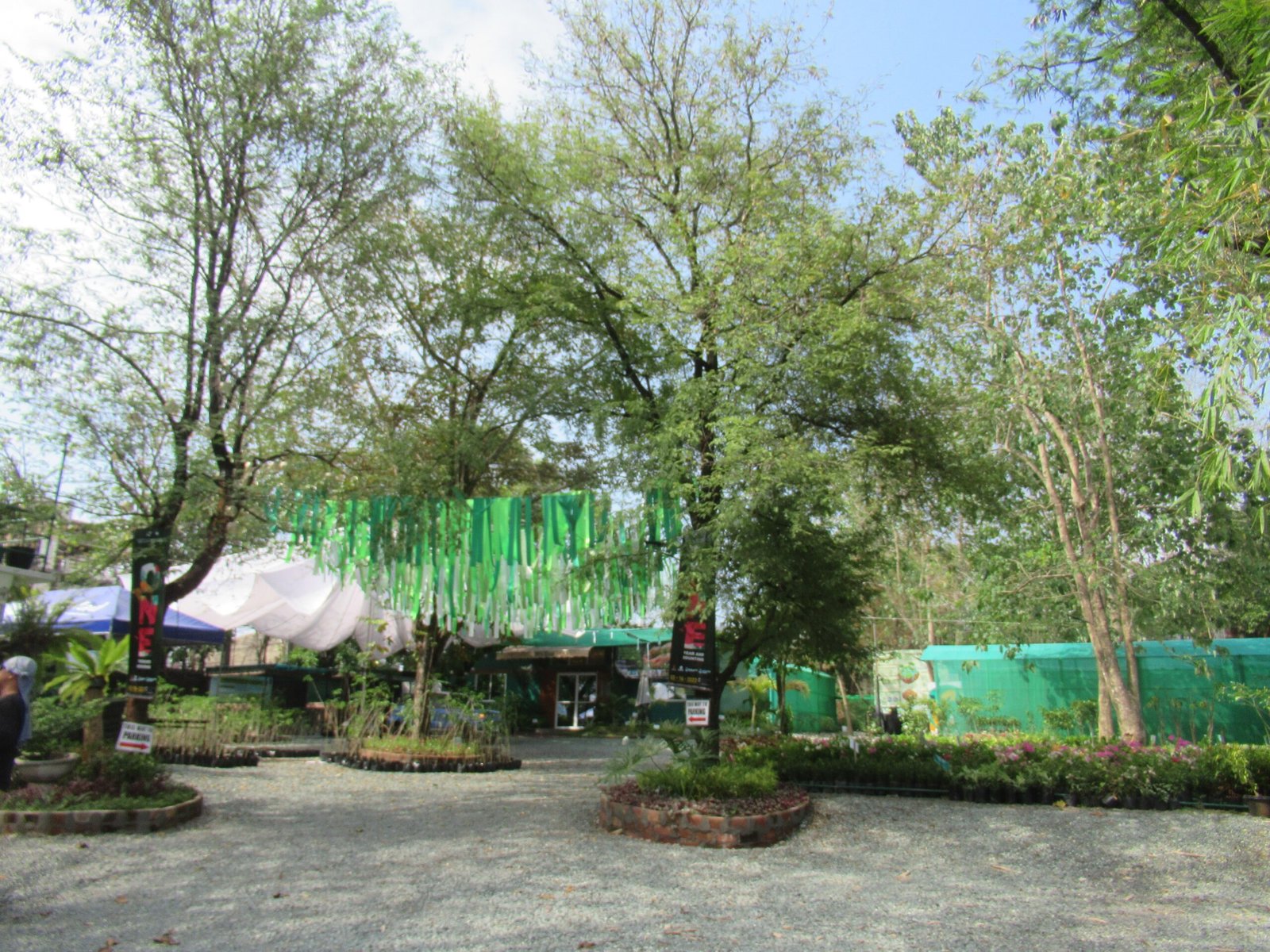
Research has shown that trees can exhibit habituation—a basic form of learning where they stop responding to harmless stimuli after repeated exposure. In controlled experiments, scientists found that sensitive plants and trees initially react strongly to touch or vibration but gradually reduce their response when these stimuli prove non-threatening.
This learning process involves changes in the tree’s internal chemistry and can last for weeks. The tree essentially learns to distinguish between real threats and false alarms, conserving energy for genuine dangers.
Seasonal Memory and Timing Precision

Trees demonstrate remarkable precision in timing their seasonal activities, suggesting they maintain internal calendars based on accumulated environmental cues. They don’t just respond to current temperature or daylight; they integrate information from multiple seasons to make decisions about when to bloom, drop leaves, or enter dormancy.
This seasonal memory helps trees avoid premature budding during warm winter spells that could expose vulnerable new growth to later frosts. Some species can track temperature patterns over several months, using this information to fine-tune their timing for optimal survival.
Stress Memory and Adaptive Responses
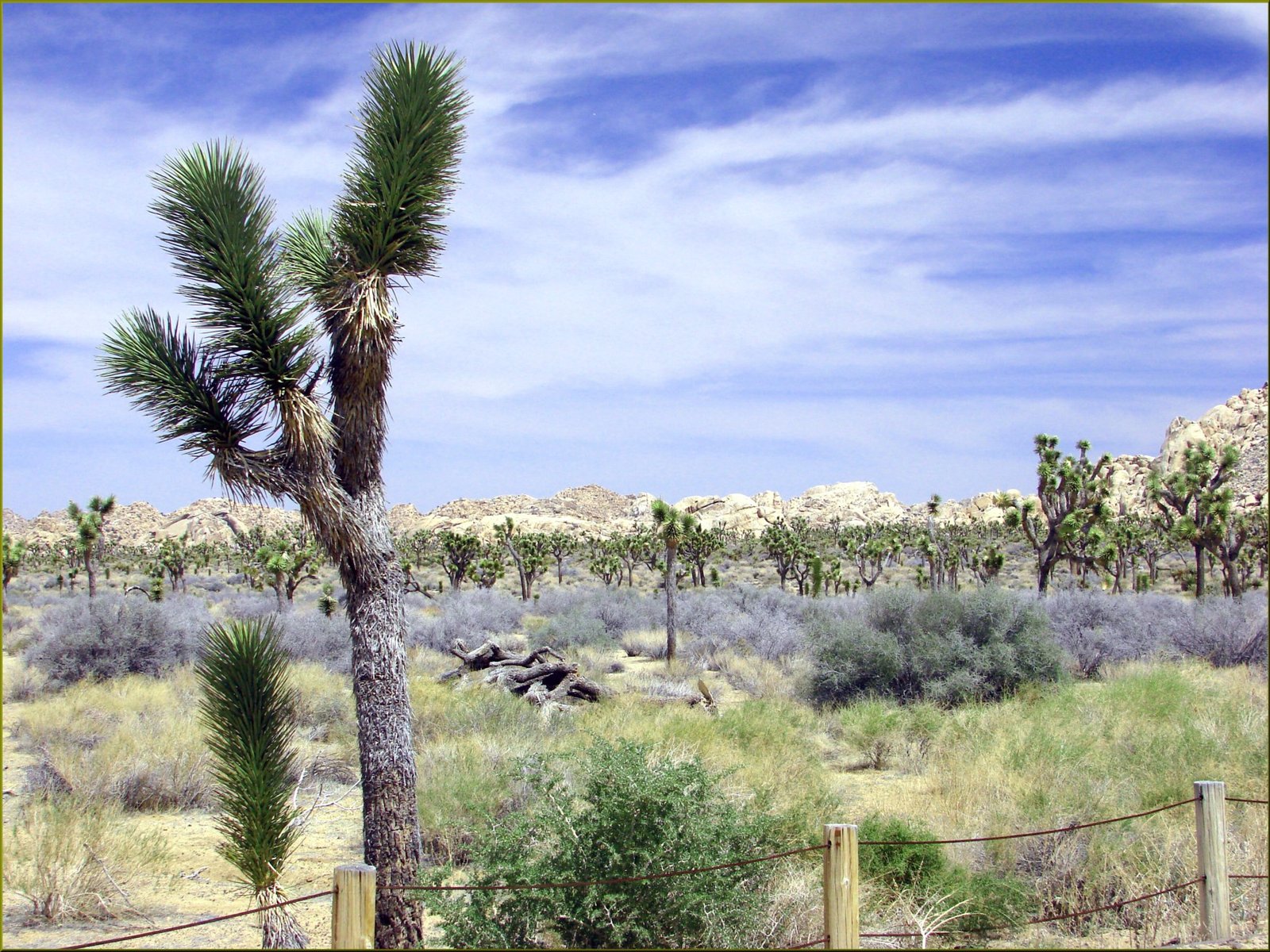
When trees experience environmental stress, they don’t just survive it—they remember it. Trees that have endured drought, extreme temperatures, or pest attacks show lasting changes in their physiology that prepare them for similar future challenges.
These stress memories can make trees more resilient, but they come at a cost. Trees with stress memories often grow more slowly and invest more resources in defensive compounds. It’s like they’re constantly preparing for the worst-case scenario based on past experiences.
The Role of Hormones in Tree Memory
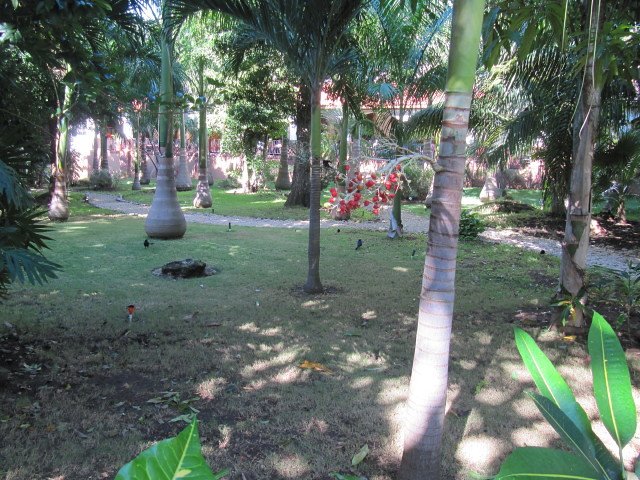
Plant hormones act as the chemical messengers that help trees form and maintain memories. Abscisic acid, for example, plays a crucial role in stress responses and can create lasting changes in how trees respond to drought conditions.
These hormonal signals can trigger cascades of gene expression changes that persist long after the initial stimulus is gone. The tree’s hormone system essentially creates a chemical record of important events, influencing future behavior in ways that mirror memory formation in animals.
Intergenerational Memory Transfer
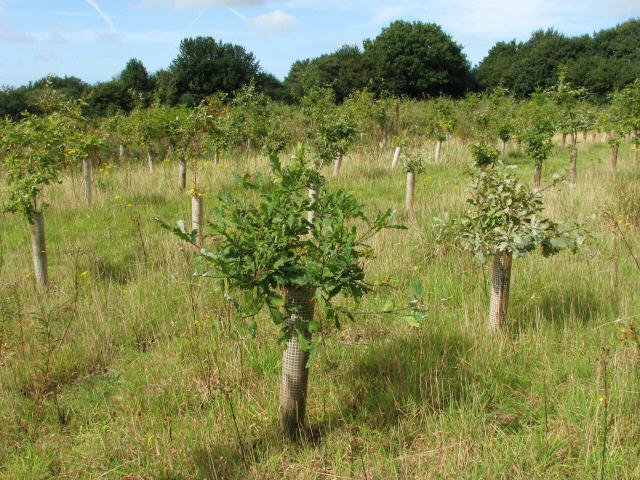
One of the most fascinating aspects of tree memory is how information can be passed from one generation to the next. Parent trees can transfer stress memories to their offspring through seeds, giving young trees a head start in dealing with environmental challenges.
This process, called transgenerational epigenetic inheritance, means that trees can pass on learned responses to their descendants. A tree that survived a severe drought might produce offspring that are naturally more conservative with water use, even if they never experience drought themselves.
The Controversy in Scientific Circles
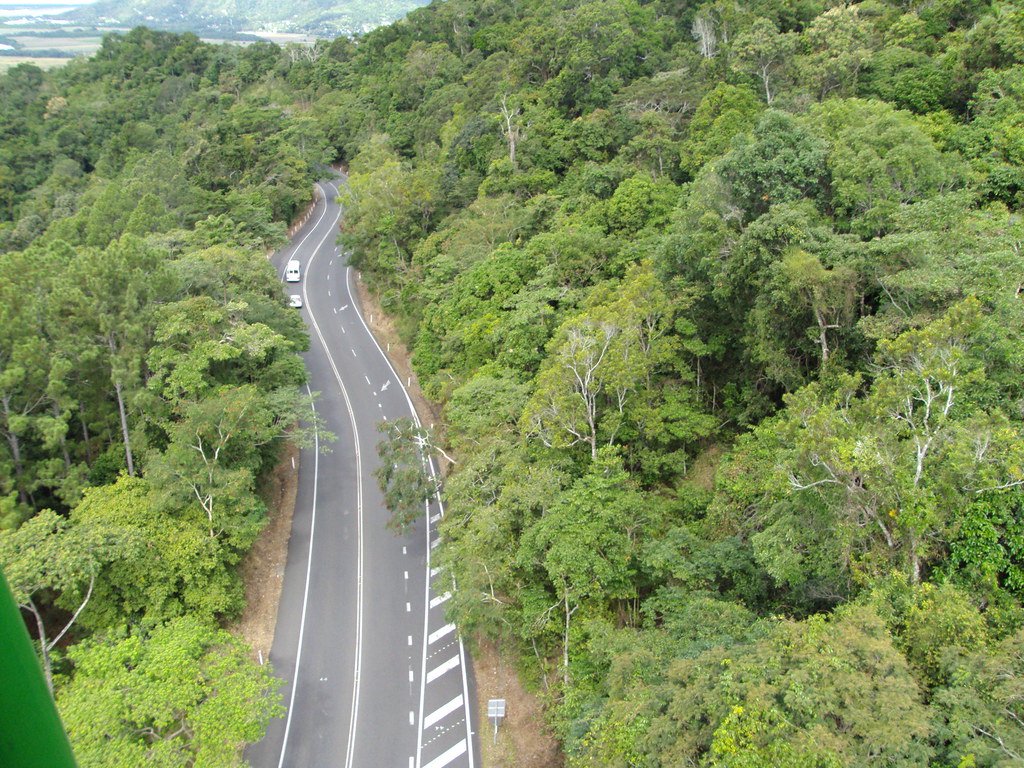
The concept of plant memory and intelligence remains controversial among scientists. Critics argue that calling these responses “memory” anthropomorphizes plants and that these behaviors can be explained by simpler biochemical processes.
However, supporters point out that memory in any system—biological or artificial—involves storing information and using it to influence future behavior. By this definition, trees clearly demonstrate memory-like capabilities, even if the underlying mechanisms differ from animal cognition.
Time Scales of Tree Memory
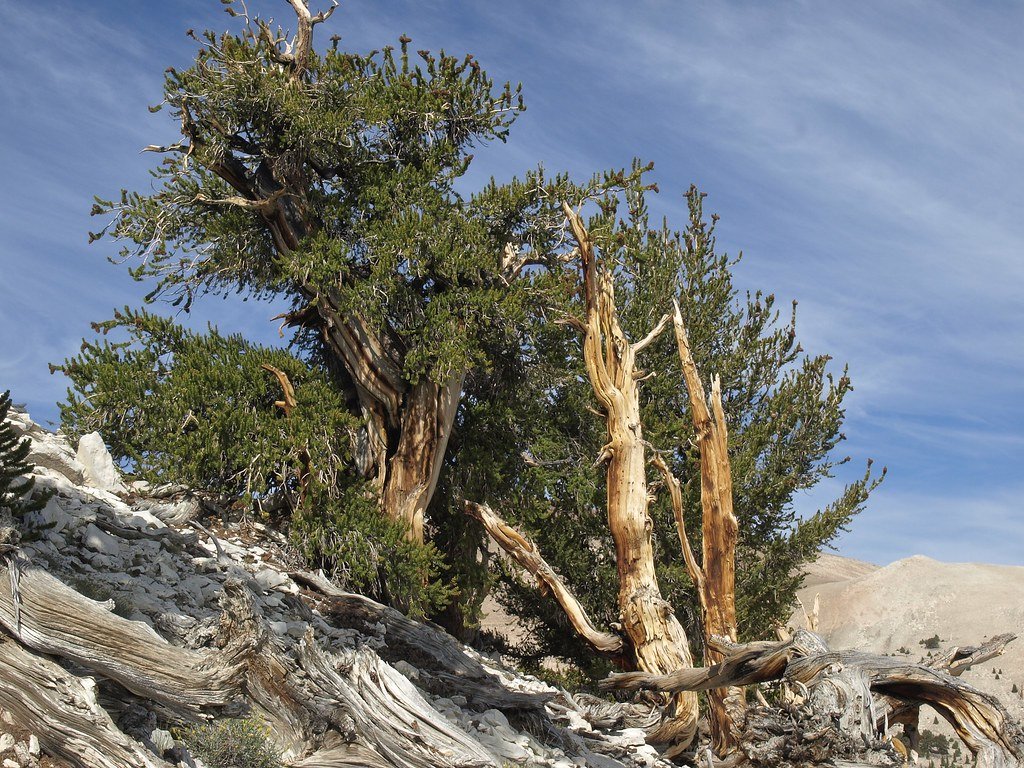
Tree memory operates on vastly different timescales than human memory. While we might forget a conversation from last week, trees can maintain chemical memories of environmental events for years or even decades.
Some research suggests that long-lived trees like oaks and redwoods might maintain stress memories for their entire lifespans, potentially spanning centuries. These extended memory timelines allow trees to track long-term environmental patterns and climate cycles.
Memory Formation During Critical Periods
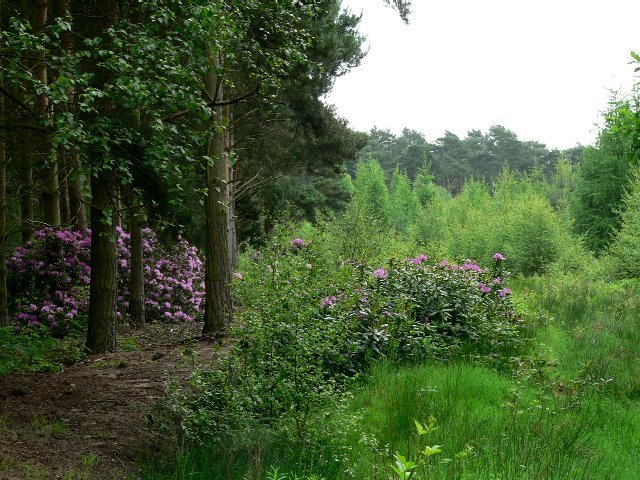
Young trees appear to be particularly susceptible to memory formation, similar to critical periods in animal development. Experiences during the first few years of a tree’s life can have lasting impacts on its behavior and physiology.
This suggests that early environmental conditions don’t just affect immediate survival—they can shape how a tree responds to challenges throughout its entire life. The implications for forest management and conservation are profound.
Communication Networks and Collective Memory

Beyond individual tree memory, entire forest communities appear to maintain collective memories through their interconnected root and fungal networks. Information about past disturbances, resource availability, and environmental changes can be stored and shared across the forest community.
This collective memory system allows forests to respond more effectively to recurring challenges and maintain stability across generations. It’s like the forest develops its own cultural knowledge base that persists even as individual trees die and are replaced.
The Impact of Climate Change on Tree Memory

Climate change is disrupting the environmental cues that trees have relied on for generations to form accurate memories. Rapidly changing conditions mean that past experiences may no longer be reliable predictors of future challenges.
Trees with strong memories of historical climate patterns may struggle to adapt to unprecedented changes. However, their memory systems also provide hope—trees that successfully navigate new challenges can potentially pass this information to future generations.
Applications in Forest Management

Understanding tree memory has practical applications for forestry and conservation. Forest managers can use knowledge of how trees form and maintain memories to make better decisions about planting, harvesting, and ecosystem restoration.
For example, knowing that trees can pass stress memories to their offspring might influence seed collection strategies. Seeds from trees that have successfully adapted to challenging conditions might produce more resilient forests.
Memory-Based Tree Breeding Programs

Agricultural scientists are beginning to incorporate understanding of plant memory into breeding programs. By exposing parent trees to controlled stress conditions, researchers can potentially create offspring with enhanced memories for dealing with specific challenges.
This approach could accelerate the development of tree varieties adapted to climate change, disease resistance, or other environmental pressures. It’s like teaching trees to remember solutions to problems they haven’t encountered yet.
The Future of Tree Memory Research

Scientists are developing new tools to study tree memory at the molecular level, including advanced genetic sequencing techniques and real-time monitoring of chemical signals. These technologies are revealing the intricate details of how trees store and process information.
Future research might uncover even more sophisticated memory systems in trees, potentially revealing abilities that rival or exceed those found in some animals. The field is still in its infancy, and each new discovery challenges our understanding of plant intelligence.
Implications for Our Relationship with Nature
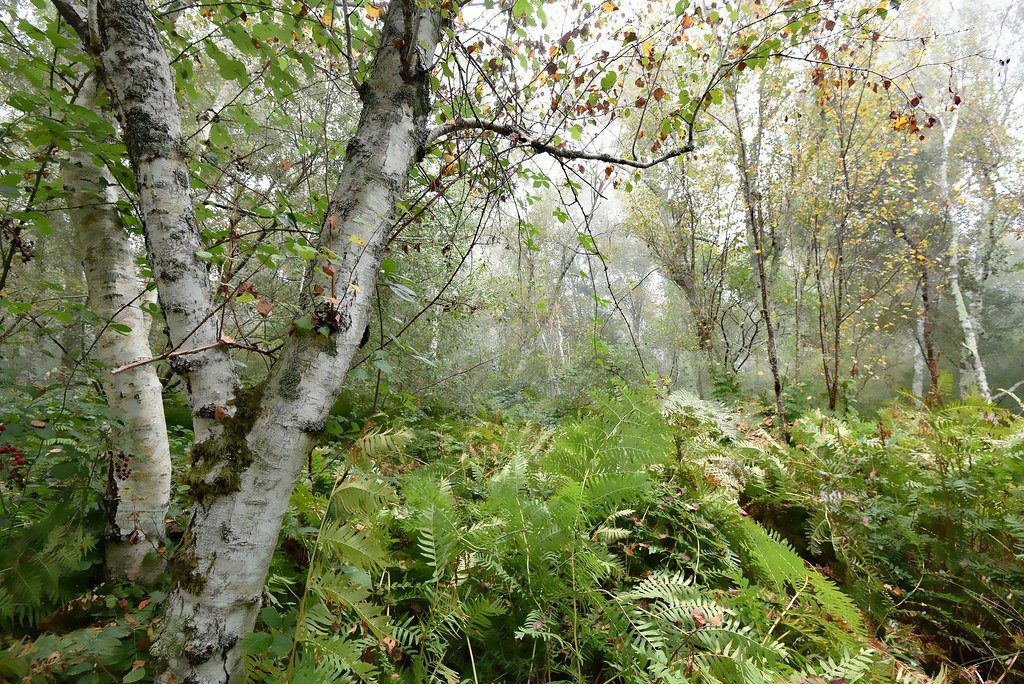
The discovery of tree memory forces us to reconsider our relationship with forests and individual trees. If trees can remember, learn, and even suffer from trauma, it raises profound questions about how we should interact with these remarkable organisms.
This knowledge might inspire greater respect and care for forest ecosystems, recognizing them not just as resources but as communities of intelligent beings with their own experiences and memories. It challenges us to think differently about conservation and our responsibility as stewards of the natural world.
The evidence is mounting that trees possess something remarkably similar to memory—the ability to store experiences and use them to guide future behavior. Through chemical signals, epigenetic modifications, and vast underground networks, trees create and maintain information systems that help them survive and thrive in challenging environments. They can learn from stress, remember seasonal patterns, and even pass knowledge to their offspring. While the mechanisms differ from animal memory, the functional similarities are undeniable. As we face environmental challenges like climate change, understanding these memory systems becomes crucial for forest conservation and management. The trees around us aren’t just passive fixtures in our landscape—they’re active participants in a complex information network that spans generations and entire ecosystems. What other secrets might these silent giants be keeping in their chemical memory banks?



